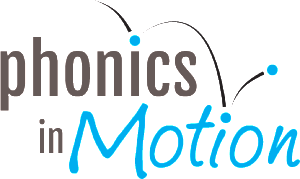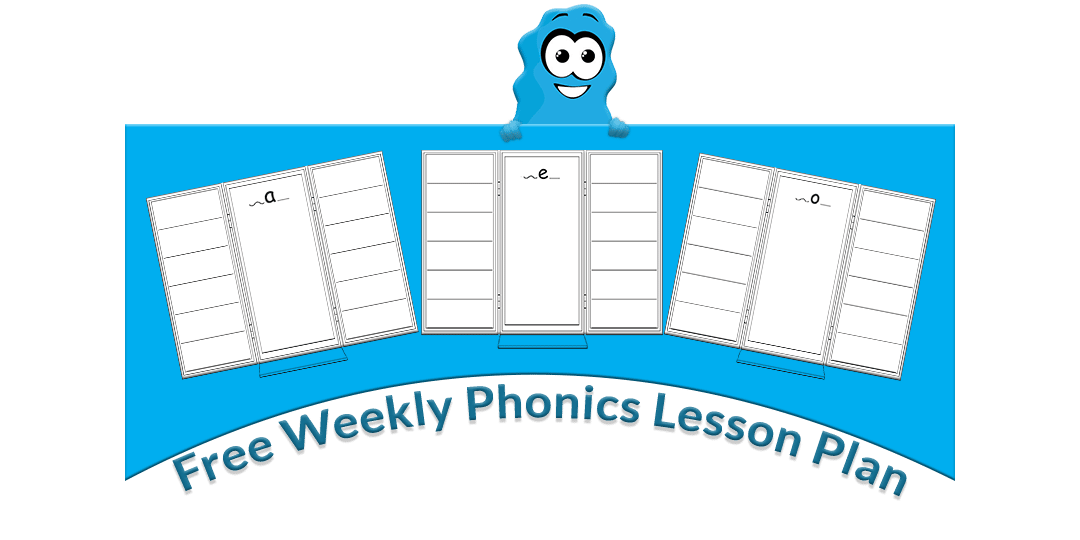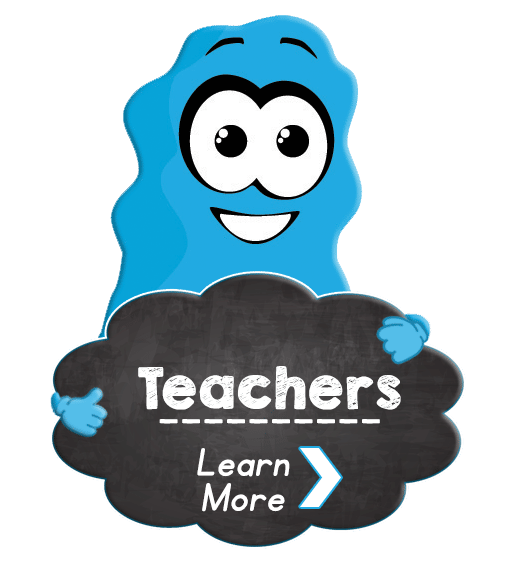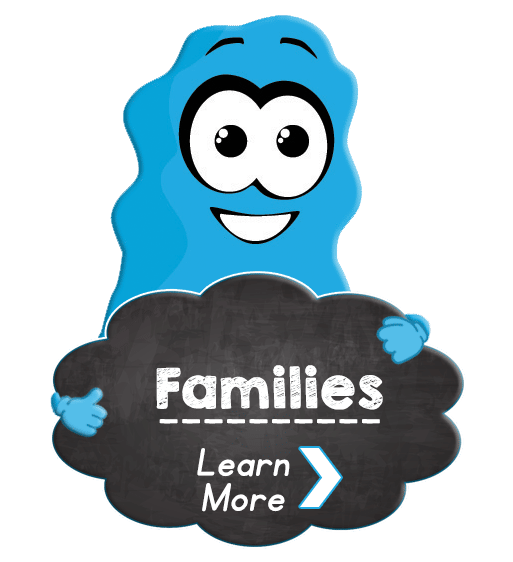Phonemic Awareness – So Much More Than Just Blending
For many years, people have realized that phonemic awareness is fundamental to success in reading and spelling. Despite this, many struggling readers don’t receive the explicit instruction they need to learn these skills.
Phonemic awareness is one of the most important things teachers can teach to help students become great readers. But phonics instruction (and other early literacy instruction) doesn’t always have to be so “academic.” There are plenty of fun ways to teach phonics and engage students that make learning fun!
At Phonics in Motion, we know that when teachers explicitly link activities to their relevance for reading and present them in fun, multi-sensory ways, students are more engaged. This causes their ability to identify each word component to improve rapidly.
What is Phonemic Awareness?
Phonemic awareness is the understanding that spoken words can be broken down into smaller units of sound called phonemes. They are the smallest units of sound in speech.
Phonemic awareness is a crucial literacy skill that helps children develop a strong foundation for reading comprehension and writing. When children understand that words contain many sounds, they can better decode unfamiliar text in their reading and spell more accurately in their writing.
In addition, it helps students become more fluent readers because it allows them to focus on the components of words (rather than having to decipher the entire word) when applying decoding skills.
Why Is Phonemic Awareness So Important?
Phonemic Awareness is one of the five pillars of early literacy. These skills help kids understand how letters and sounds work together. In fact, this pillar is such a strong predictor of reading success that experts use it to identify children at risk for reading difficulties.
Understanding word components also helps children learn to spell. Because it increases their understanding of how letters and sounds work together, it can aid in spelling development. This is even the case in young children who have not yet learned the relationship between letters and sounds.
In addition, phonemic awareness aids in word identification. Since kids can hear individual language components, they will be able to quickly break each one down into their phonemes to identify words with similar starting or ending sounds.
Phonemic awareness also helps kids develop vocabulary and comprehension skills. When kids are able to hear individual components within a word, they will be able to break down words by their separate sounds. Then, they can put them back together again using the whole word instead of just the individual parts. For example, they can take a word like “fun” and break it up into /f/ /u/ /n/.
Developing this skill helps children become independent readers who can read for themselves. It also helps your child build self-esteem because it gives them confidence in knowing that they can read independently.
Developing this skill improves problem-solving skills in young children by figuring out how words work together in a sentence!
Challenges With Phonemic Awareness
Phonemic awareness is one of the essential skills in learning to read and write. However, it’s not easy to understand. Many children have trouble differentiating sounds.
The trouble children have with phonemic awareness stems from the fact that they can hear words but are not aware of the sounds that make up those words. Phonemic awareness is recognizing and playing with sounds in spoken words. When reading or developing handwriting skills, it’s thinking about sounds instead of letters or whole words.
This is a difficult skill to learn and teach because of its abstract nature. Most kids have no problem recognizing letters or knowing how to write them — they can see them. Hearing individual sounds can be a challenge, though. After all, most kids don’t think about the sounds that make up whole words; they just hear them as single units.
Reading problems arise when students do not understand that words are composed of sounds and when they cannot blend, segment, or manipulate sounds. This is why educators must provide diverse instructional methods in the classroom to reach each student.
How does Phonics in Motion Help Kids Learn Phonics?
Phonics in Motion is a unique approach to teaching phonemic awareness and phonics skills in the primary classroom. It is a multi-sensory, kinesthetic approach that has been used with great success by teachers in public and private school systems. Using this method, students learn to make the connection between spoken and written language very quickly! It is also an effective tool for helping students with reading disabilities because it helps them understand how sounds relate to symbols on a page.
Many children with reading difficulties have multiple visual, auditory, and kinesthetic learning styles. This means they learn best when they see, hear and do things at the same time.
When you combine multisensory learning with physical activity, you can create a fun way to teach phonemes. Let’s teach in a totally engaging way for children who learn by seeing, hearing, and doing things together.
Incorporating movement into the lesson plan helps anchor concepts in muscle memory. This approach allows students to concentrate on what they are learning rather than focusing solely on physical movements such as walking or sitting still. When incorporated into an instructional program, this approach has been shown to improve student achievement and overall comprehension level.
Here is an example of the KMP for /s/:
Get Started With Phonics in Motion
If you’re ready to find out if Phonics in Motion is a good fit for your classroom or family, check out the 15 pages of our e-book for free here.







